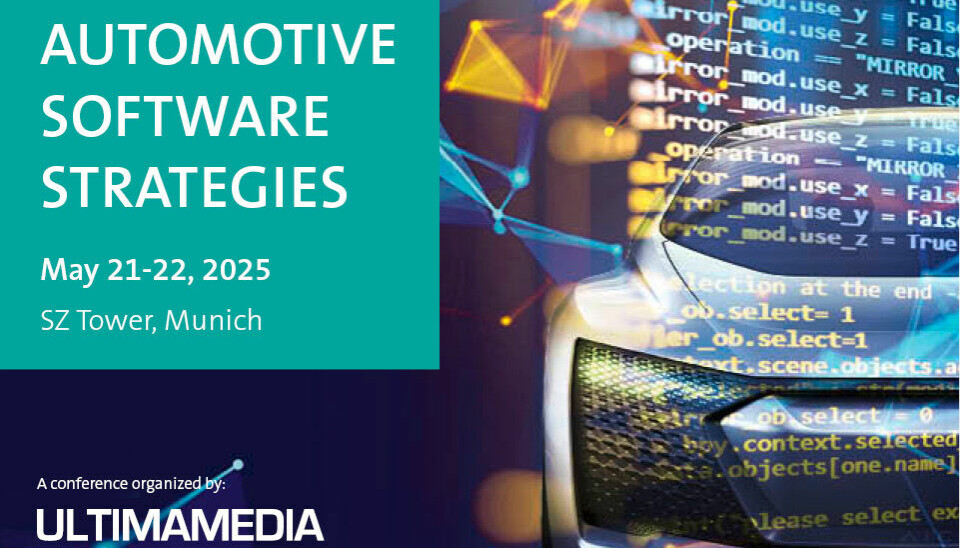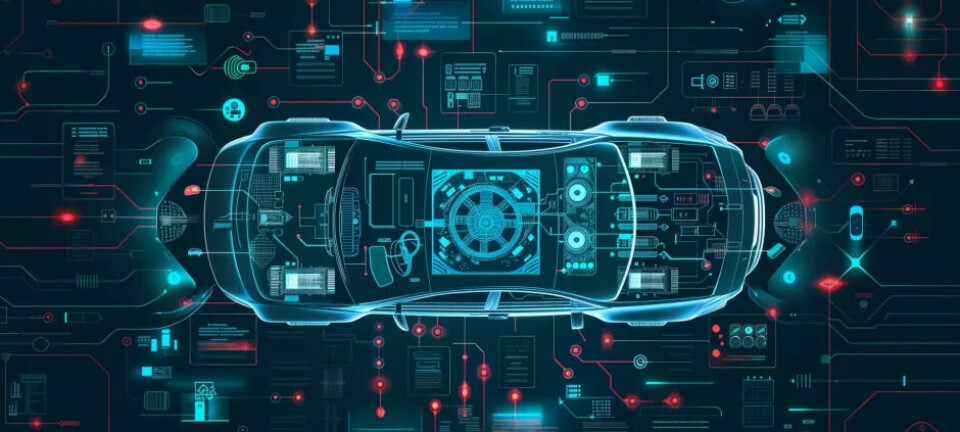Connected Car
Everything about the Software-Defined Vehicle

From Architectures to Certification - whether standardization, OTA updates, vehicle lifecycle, or cybersecurity: Find the answers to the most important questions about the Software-Defined Vehicle here.
The often-described transformation of the automotive industry is inextricably linked with the technological evolution towards the Software-Defined Vehicle (SDV) - or software-defined vehicle. New and future software-centric vehicles represent a paradigm shift, where software not only plays a supporting but the central role. While traditional vehicles were defined by mechanical and hardware-based systems, vehicles are now emerging whose essential functions are controlled and defined by software. This also has massive impacts on manufacturers and their workforce. "Software-first is also an important point in view of the shortage of skilled workers," emphasized Pedro Pacheco, VP Research at Gartner, at the automotiveIT Congress 2023. Currently, the battle for the throne as the best software car manufacturer is taking place between the USA and China, according to the analyst.
This article aims to answer fundamental technological, security-related, legal, and economic questions surrounding the Software-Defined Vehicle.
SDVs require robust and secure software architectures
The technological foundation of a Software-Defined Vehicle is an advanced software architecture that is crucial for its robustness and security. To ensure that the software functions reliably, developers must apply rigorous testing procedures and formal verification methods. Especially in safety-critical areas such as brakes or autonomous driving systems, it is essential that the software remains error-free and stable under all conditions. For this, redundant systems, real-time monitoring, and emergency protocols are necessary, which can immediately intervene when an error occurs.
Modular and Centralized Software Architectures
The challenge of integration is that a Software-Defined Vehicle must connect numerous different software and hardware components. The trend is clearly moving away from a modular towards a centralized software architecture, which allows various components to be updated and exchanged independently of each other. While a modular architecture requires standardized interfaces and communication protocols to ensure that all systems work together smoothly, regardless of whether they come from different manufacturers, in a centralized software architecture, the control and management of all electronic systems and functions of the vehicle are taken over by a central computing unit.
The Importance of Secure Over-the-Air Updates (OTA)
Over-the-Air Updates are a central component of the SDV concept, as they allow for continuous software improvement and the addition of new features without the need for the vehicle to go to the workshop. To ensure the security of these updates, encrypted communication channels and strict authentication procedures are necessary. Manufacturers must ensure that OTA updates do not make the vehicle vulnerable to cyberattacks and that the updates do not introduce new security vulnerabilities.
Minimizing Security Risks
With the increasing connectivity of Software-Defined Vehicles, the risk of cyberattacks also rises. Manufacturers must therefore develop comprehensive security strategies that cover the entire lifecycle of a vehicle. This includes the use of firewalls, intrusion detection systems, and regular security audits. Furthermore, vehicles must be designed so that in the event of an attack, critical systems such as brakes and steering remain manually controllable.
Data Protection and Privacy in SDV
Software-Defined Vehicles collect a variety of data, including location information, driving habits, and biometric data of the occupants. It is therefore crucial that strict data protection policies are adhered to. The data must be securely stored and processed, and users should have full control over what data is collected and how it is used. Transparency on the part of manufacturers and clear consent processes for data usage are essential to gain and maintain user trust.
Legal Aspects of the Software-Defined Vehicle
Software-Defined Vehicles raise a multitude of legal questions, particularly regarding automated driving functions. Traditional liability models, which focus on the driver in the event of accidents, need to be revised depending on the SAE level to address cases where the software is responsible for driving decisions.
Certification and Standards
The certification of Software-Defined Vehicles requires new approaches, as traditional testing methods focusing on hardware are not sufficient. Standardized procedures must be developed to assess the safety and reliability of the software. This may include simulations, test benches, and extensive field tests. International norms and standards play an important role in ensuring the interoperability and safety of SDVs worldwide.
Various companies are developing advanced platforms for this purpose. International standards, such as ISO 26262 and UNECE regulations, are being adapted to ensure the safety and interoperability of SDVs. Collaborations like Automotive Grade Linux and the 5G Automotive Association promote the standardization and networking of SDVs worldwide.
SDVs create new business models
Traditional business models that focus on the sale of vehicles are increasingly being supplemented by new mobility services, subscription-based software features, and data-driven services. Adapting value chains is essential to account for the growing importance of software and electronics. New partnerships with technology companies are also becoming indispensable.
Software-Defined Vehicles live significantly longer
With the introduction of SDVs, the lifecycle of vehicles can be significantly altered. Regular software updates can extend the lifespan of vehicles by adding new features and improving existing systems. This results in a shift in the vehicle market, where the resale value of vehicles depends more on the currency of the software than on the wear and tear of the hardware.
Control over data and algorithms
The question of who controls the algorithms that govern SDVs is of central importance. It must be ensured that these systems are transparent and verifiable to prevent misuse. Furthermore, clear regulations must be established regarding who has access to the data collected by SDVs and how it may be used. Governments and regulatory authorities play an important role in creating a legal framework that ensures consumer protection while promoting innovation.
The Software-Defined Vehicle represents a significant shift in the automotive industry. While the technology offers an immense opportunity to revolutionize the way we use and perceive vehicles, it also brings a series of complex challenges. From technological and security-related issues to legal, economic, and ethical considerations - the introduction of SDVs requires a holistic approach that balances innovation, safety, and societal acceptance.
For the automotive industry and society as a whole, it will be crucial to proactively address these challenges while maintaining a clear focus on the long-term benefits that SDVs can offer: more safety, efficiency, and personalized mobility of the future.
This article was first published at automotiveit.eu

